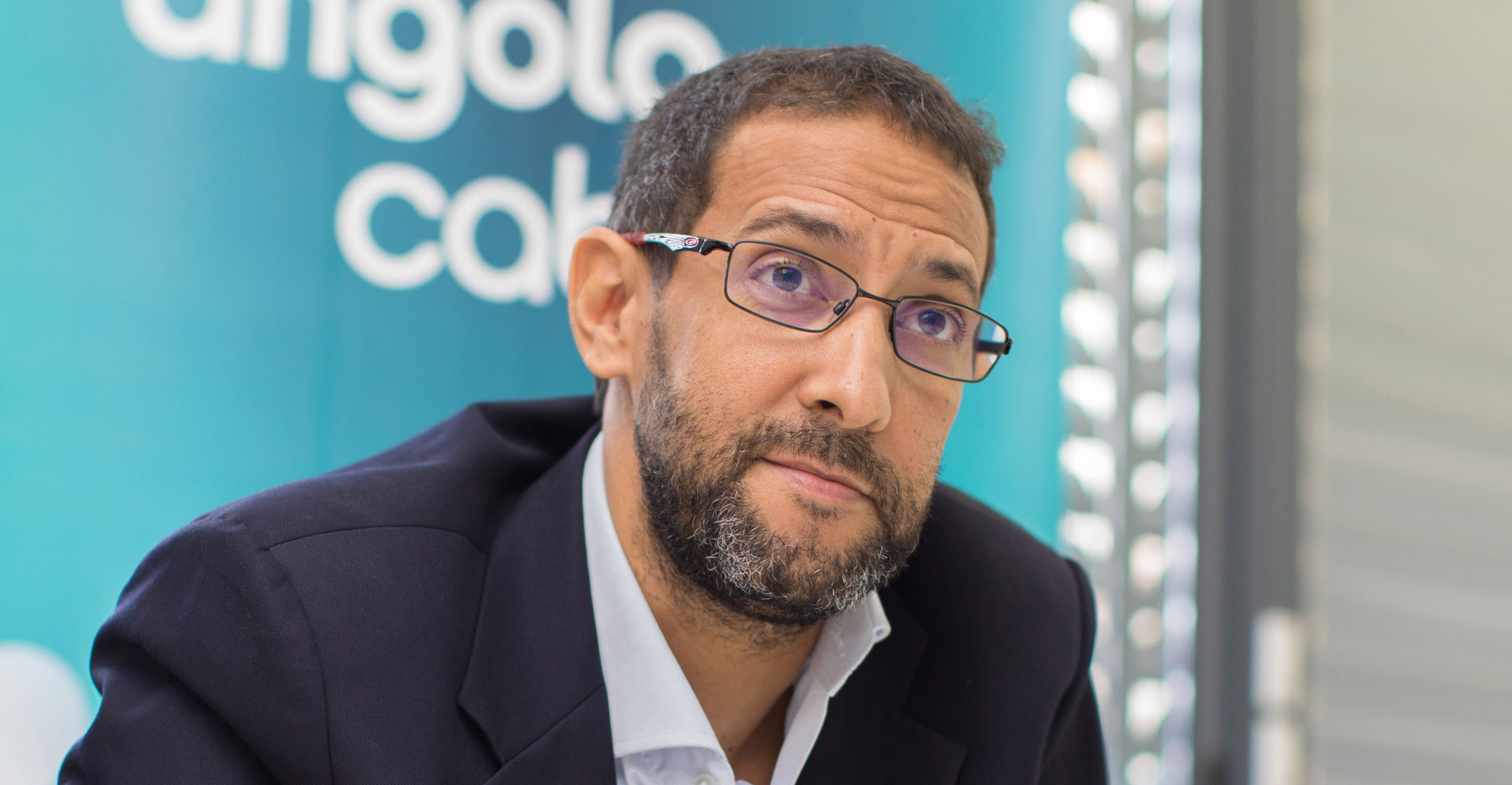
Angola Cables’ South Atlantic Cable System (Sacs), a new, high-speed submarine cable connecting Africa and South America, has been launched commercially.
It’s the first-ever subsea system across the southern Atlantic Ocean and will provide lower latency, or network round-trip times, between Africa — including South Africa — and the key Internet market of the US.
“The new digital information highway is the first and fastest link between Africa and the Americas with the lowest latency and will provide a more direct routing for Internet traffic in the southern hemisphere,” Angola Cables said in a statement on Wednesday.
Built by NEC, the cable extends from Angola to Brazil, with onward connectivity to North America on other systems.
“Data transfer speeds will be greatly improved (five times faster than existing cable routings), reducing latency from Fortaleza (Brazil) to Luanda (Angola) from 350 milliseconds to 63ms,” the company said.
“Luanda will also connect to London and Miami with approximately 128ms latency. These two major content hubs, will position Angola as a strategic point to serve the transatlantic region with low latency and resilient connections.
“Given the onward connections to the recently completed Monet Cable and the West Africa Cable System (Wacs), Sacs will also offer reduced latency between Miami and Cape Town from 338ms to 163ms.”
The new routing will “dynamically change” the Internet traffic patterns in the southern hemisphere and combined with Monet and Wacs, will “dramatically alter global digital traffic routing options”, said Angola Cables CEO António Nunes. “Sacs is a new thoroughfare for data between networks, major content providers and some of the fastest-growing markets for data consumption.”

“Our ambition is to transport South American and Asian data packets via our African hub using Sacs, and together with Monet and Wacs, provide a more efficient, direct connectivity option between North, Central and South America and on to Africa, Europe and Asia,” Nunes said.
“By developing and connecting ecosystems that allow for local Internet protocol traffic to be exchanged locally and regionally, the efficiency of networks that are serving the southern hemisphere can be vastly improved. As these developments progress they will have considerable impact for the future growth and configuration of the global Internet.”
Sacs is made up of four fibre pairs, uses 100Gbit/s “coherent wave-division multiplexing” technology and has a design capacity of 40Tbit/s.
- Now listen to the podcast: Interview: Angola Cables CEO António Nunes

